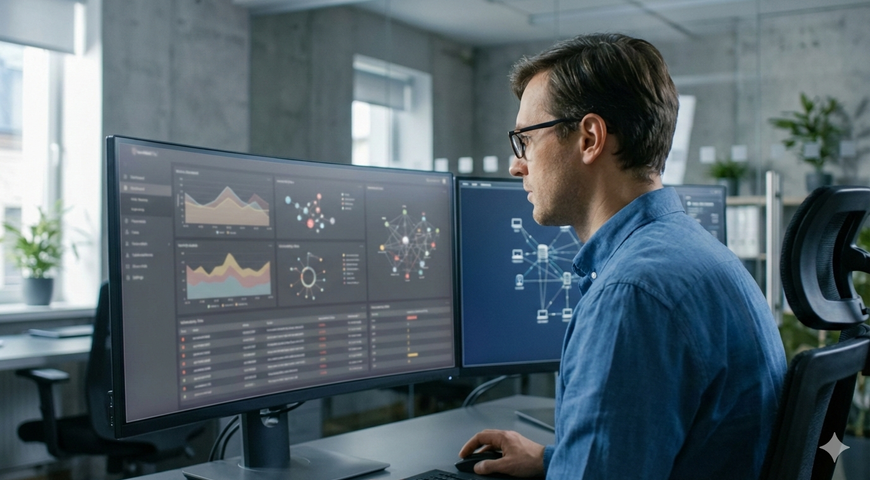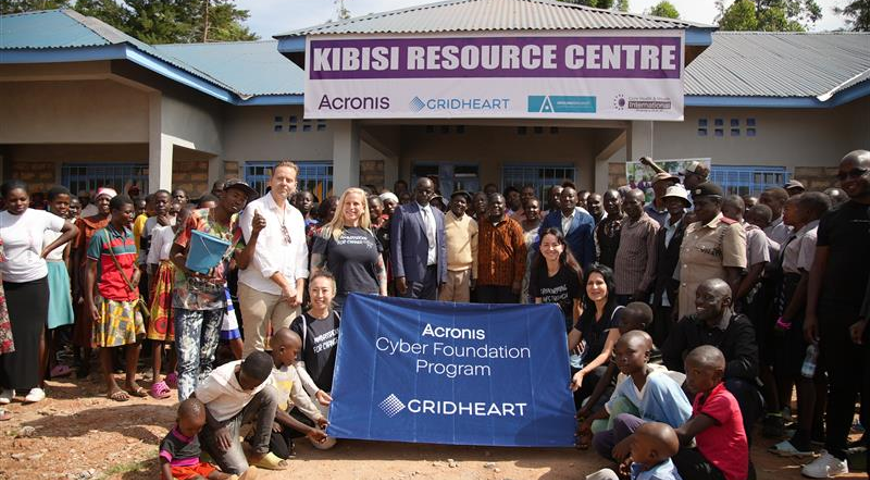The final post in this series of five hidden DR hazards involves underestimating your resource and skillset requirements. When creating a do-it-yourself disaster recovery solution, you must consider your team’s personal priorities and also their ability to access your remote site.
One of the biggest mistakes that you can make is to assume that your staff will be available during a disaster. Because of the interdependence on skillsets that DIY disaster recovery demands, it is virtually impossible to guarantee that your entire team will be available to work during a medium to large scale incident. In a massive geographic disaster, the priorities of your top IT employees will be on personal needs, like the safety and well-being of their families.
If you work for a large enough organization, you can mitigate this risk by leveraging skillsets across a variety of offices. If you don’t have this luxury, you should reduce your risk by keeping a consultant or team of consultants on retainer (you’ll need to keep these consultants up to speed as your environment evolves). This is just another example of the unplanned expense of DIY disaster recovery.
Making sure users and remote offices can and will be able to reach the disaster recovery site can be challenging. Even if the process is documented thoroughly, it can be difficult to make sure that a workable plan is in place for the event. Careful documentation and frequent meetings will help ensure that all relevant users have access to your DR site.
Download the White Paper: “5 Things That Can Go Wrong with DIY DR”
About Acronis
A Swiss company founded in Singapore in 2003, Acronis has 15 offices worldwide and employees in 50+ countries. Acronis Cyber Protect Cloud is available in 26 languages in 150 countries and is used by over 21,000 service providers to protect over 750,000 businesses.



